Patenting is a form of intellectual property (IP) protection. If you’ve invented something, a patent gives you exclusive rights to commercialise it.
This plays an important role in encouraging innovation in an economy by preventing rivals from simply copying and profiting from a new idea. Why bother inventing something new if someone will just take and profit from it?
But what role do patents play in the world of app development?
In app development, patents are usually focused on specific features. In the case of the Facebook app, Meta holds patents for things like expression-reading, TV show identification and behavioural analytics. These may or may not be used in any Facebook apps, but Facebook still has the rights to these inventions.
Patents can be important to an app’s strategy. They allow an innovative app-maker to offer something new to the marketplace, providing a competitive advantage.
In the broader context of technology companies, app developers are not prolific filers of patents. While tech companies file thousands of patents per year, app developers, even huge ones like Uber, have fairly small patent portfolios.
Within app patents, there are two types of patent that you need to know about: utility patents and design patents. Utility patents protect how an invention works; design patents protect how it looks. To patent both the utility and design of an app, two separate patent submissions are needed.
A few other examples of patented apps include Shazam (U.S. Patent No. 6,990,453), which covers the tech used to identify a song based on a short audio clip; and Snapchat (e.g. US Patent No. 111164B1, which protects the company’s custom functional barcodes. Both are utility patents, as they patent how something works.
Detailing patent application procedures
So you think you’ve created a novel invention or design that could be patented. What next? Let’s go through the patent application procedure, step by step.
Step 1 - Determine patent eligibility
Write down what the patentable feature is in as precise terms as possible. It needs to be unique, innovative and non-obvious. In the US, a landmark ruling in 2014 (Alice Corp. v. CLS Bank International) resulted in far fewer software patents being granted than before.
It can be pretty hard to determine if your software innovation is eligible for patent protection, and many inventors are frustrated by the lack of clarity in US patent law around software.
IP law firm Potter Clarkson lists a few examples of technical contributions:
- Control of a technical process
- Error detection
- Improved measure of performance or characteristic
- Improved accuracy / results
- Faster / more efficient processing
- Control of the internal functioning or operation of a computer
- Determining specific remedial action that is required (maybe)
- In some circumstances, an improved user interface
Step 1b - Decide on the type of app patent
As part of your patent eligibility research, you need to determine whether your patent would be classified as a utility patent or a design patent. We touched on the difference between the two higher up, but let’s look at the difference again.
A utility patent covers functional aspects of your app feature (most common for software). A design patent covers the visual design of your feature.
You may also file a provisional patent application. This lets you have an earlier effective filing date once your full application is successful. This is what the phrase “patent pending” refers to.
Step 2 - Conduct a patent search
After determining potential eligibility, the next step is to work out if someone else has got there ahead of you.
Use online patent databases (e.g., USPTO, European Patent Office, Intellectual Property Office (UK) and Intellectual Property India (IPI) to look for similar patents. Google Patents is a useful tool, too. Search for keywords related to your app feature and explore relevant classification codes. After, identify patents that may overlap with your idea and determine its uniqueness.
Step 3 - Prepare the application
If you’re satisfied that your app idea is eligible to be patented and it isn’t covered by an existing patent, you can prepare your patent application. This process comprises several steps:
Draft a detailed description - explain what the app feature does, how it works and the problem it solves. Include drawings, flowcharts or diagrams to clarify technical details.
Claims section - define the scope of protection. Include both broad and narrow claims to cover different aspects of your feature.
Abstract - summarise your invention in 150-250 words.
Background - describe the problem your invention addresses and the limitations of existing solutions.
Drawings - provide clear, labeled drawings of the feature (use software like Visio or Illustrator).
Step 4 - File the application
It’s time to submit your patent application. Create an account on your jurisdiction’s patent office website (USPTO, EPO, IPO or IPI). Complete the required forms (e.g., declaration, power of attorney if applicable). Upload your application, drawings and other required documents.
Next, you need to pay three fees:
- Filing fee (cost of submission)
- Search fee (cost of patent office verifying the application is novel)
- Examination fee (to check if it can be granted).
Fees vary by jurisdiction and entity size (e.g., individual, small business large company) — but will be small compared to attorney fees.
After receiving filing confirmation, note the application number for tracking.
Step 5 - Respond to examiner’s questions
The patent examination process may result in follow-up questions from the examiner. Make sure you respond to concerns or revision requests promptly. Modify claims or descriptions as required, while maintaining the integrity of the app feature.
Step 6 - Maintain your patent
While your patent is valid for 20 years, you'll have to pay maintenance fees to retain its validity. That’s because patent offices want to encourage patent holders to give up patents that they’re not using in order to maintain market innovation.
You also need to enforce your patent rights by monitoring competitors. Just like copyright and trademarks, you risk losing exclusive rights if you don’t actively defend it.
Choosing a patent attorney
Choosing a patent attorney can be a difficult and anxiety-inducing task. Attorneys are expensive, it’s tricky to determine if one is good or not and there are no guarantees that your patent will be approved.
Here are a few tips for choosing a patent attorney:
- Be wary of over-confidence. A good attorney will explain the uncertainties in the process clearly.
- Make a judgement based on their technical knowledge of your technical domain, not their knowledge of law (which you can’t accurately assess).
- Look for advice on the business side of the patent filing. A good attorney will explain the commercial prospects of the patent — namely, if you should do it, not if you can do it.
Provisional vs non-provisional applications
When might it be worth filing a provisional patent?
A provisional patent application is a quick and inexpensive way to establish a filing date for an invention. A non-provisional patent application is a formal application that can be issued as a patent.
A provisional patent application allows you to establish a filing date and patent pending status. The process is informal and not subject to review. A provisional patent is invalidated after 12 months.
The upside of a provisional patent is that it reserves priority over other patent applications filed later by competitors. It’s a quick and cheap process with relatively little paperwork.
Non-provisional patent applications are just normal applications as discussed in this blog.
File a provisional application first, then file a non-provisional application within 12 months
Use the provisional application to test ideas, then use the non-provisional application to make drawings and find partners
Research and documentation needed
Patent research is not the most straightforward of tasks. You need to learn the search process, complete the search itself and evaluate the results.
The United States Patent Office lists a six-step process.
- Step 1 - Identify alternative terms: Just searching for the term you use to describe your invention isn’t enough. You need to find all the possible words that could describe your invention.
- Step 2 - Conduct a keyword search using Patent Public Search. From a broad search of your main concept keywords, narrow down the search results with supplementary features of your app invention.
- Step 3 - Review the documents you found. A complete review of the similar published patent applications includes a review of drawings, specifications and claims.
- Step 4 - Expand the search with relevant co-operative patent classification (CPC). The CPC is a patent classification system jointly developed and maintained by the USPTO and the EPO. The CPC website will help you find the relevant classification for your patent. From the nine top-level classifications (such as human necessities, performing operations and transporting and chemistry) choose the one that applies.
- Step 5 - Review cited references. Review the citations of the relevant patent applications you have found. These can be found on the front page of a patent and include patents it has cited, and patents that have cited it (forwards and backwards citations).
- Step 6 - Broaden your search. Search foreign patents and non-patent literature. Search Espacenet, EPO’s database.
Google Patents is somewhat more user-friendly than government patent portals.
Patent filing document checklist
Patent filings in different jurisdictions require different numbers of documents. In the UK, for instance, the Patent Office asks for two documents:
- your description
- any drawings you want to include.
You'll need to add your claims and abstract, but you can do that later if you like.
In the US, the document list is more extensive and looks like this:
- Utility Patent Application Transmittal Form
- Fee Transmittal Form
- Application Data Sheet
- Small and Micro Entity Status
- Specification
- Drawings
- The Inventor’s Oath or Declaration
Evaluating patent costs and timeframes
In the US, filing a patent incurs a range of fees, many of which depend on the nature of the company submitting the application and the type of application. Every jurisdiction has its own fee schedule, making the matter of estimated costs more complicated.
The three primary fees are filing fees, search fees and examination fees.
Filing fees - Filing fees are relatively trivial expenses. US companies can expect to pay $70, $140 or $350 for a utility patent if they are micro, small or none of the above size companies. Design patents are $60, $120 and $300, respectively.
Search fees - Search fees are more expensive than filing fees. Search fees are $154, $308 and $770 for micro, small and larger companies respectively for a utility search. Design search fees are $60, $120 and $300.
Examination fees - Examination fees is the cost to the patent office to rule on the patent’s validity. These cost $176, $352 and $880 for utility patents, and a bit less for design patents.
Therefore, a large company can expect to pay $2,000 in fees, a small company $800 and a micro company $400.
These fees will be dwarfed by patent attorney fees, however.
The services of a patent attorney will cost $20,000-40,000.
Patent approval time frames
Patent approval can take 2-3 years. A number of items can affect how long it takes:
- A patent office backlog
- The nature of the invention
- Number of responses submitted by the applicant
- Appeals made by the applicant
Exploring other protective measures
Let’s wrap this blog up by looking at what other protective measures you can take. After all, patent protection is just one of many ways of protecting your intellectual property.
Trademark
Trademarks protect identifying marks (words, logos, etc) that distinguish the source of the thing. In short, it protects the brand. Success in business is so much more than having some technology no one else has. Many businesses outcompete rivals due to a great brand. Trademark is a way of protecting this.
Non-disclosure agreement (NDA)
An NDA is an agreement you can reach with an app development partner that prevents them from disclosing confidential information about your application. This offers protection against a developer creating an identical product for a rival.
Copyright
Copyright is a form of IP protection that automatically applies to any created design or work of art. You don’t have to apply for your creation to be copyrighted, but it'll help with any legal disputes.
FAQ
What steps should I take to patent my app idea?
- Determine if there is a business case for patenting an app invention. Even if there is a potential upside, there are many expenses associated with patenting. There may also be more appropriate forms of intellectual property protection.
- Decide if your invention is classed as a utility or a design patent
- Search patent databases to find if your invention already exists
- Prepare the filing
- Pay the fees and file
- Respond to comments from the auditor
- Maintain your patent
How much does it cost to secure a patent for an app?
It costs around $2,000 if you can do it without the help of an attorney. In reality, you'll need an attorney, which will cost an extra $20,000-$40,000.
Is it possible to patent an idea for an app?
Patents protect inventions, not concepts or ideas.
What is the timeframe to receive a patent for an app idea?
Patents are normally authorised in 2-3 years.
Can I patent an app idea that is similar to existing apps?
No. Patents only cover new inventions.
Create robust custom software today
100s of businesses trust us to help them scale.
Book a demoBy proceeding you agree to Builder.ai’s privacy policy
and terms and conditions
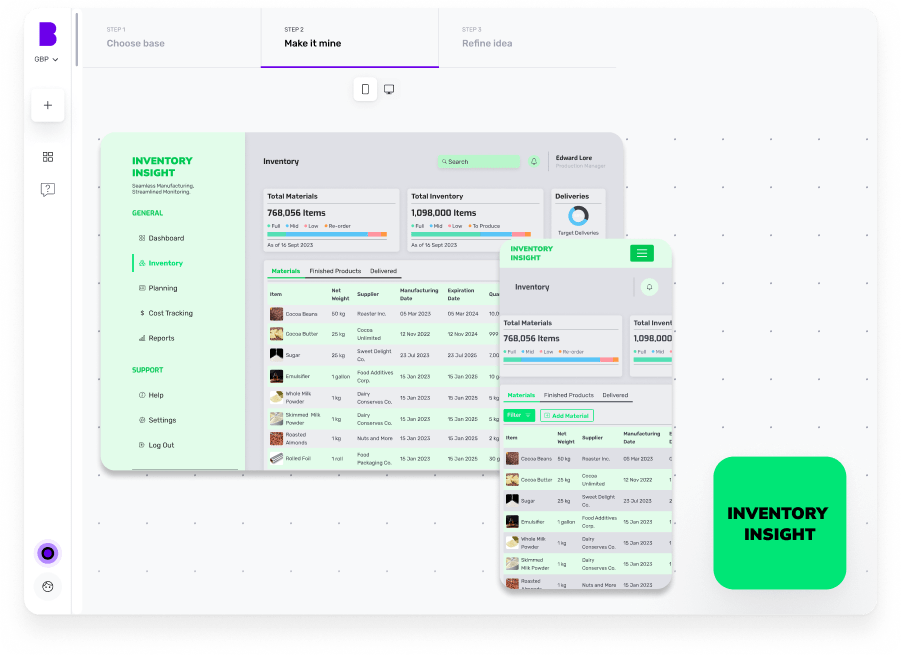
Stories published by the editorial team at Builder.ai.

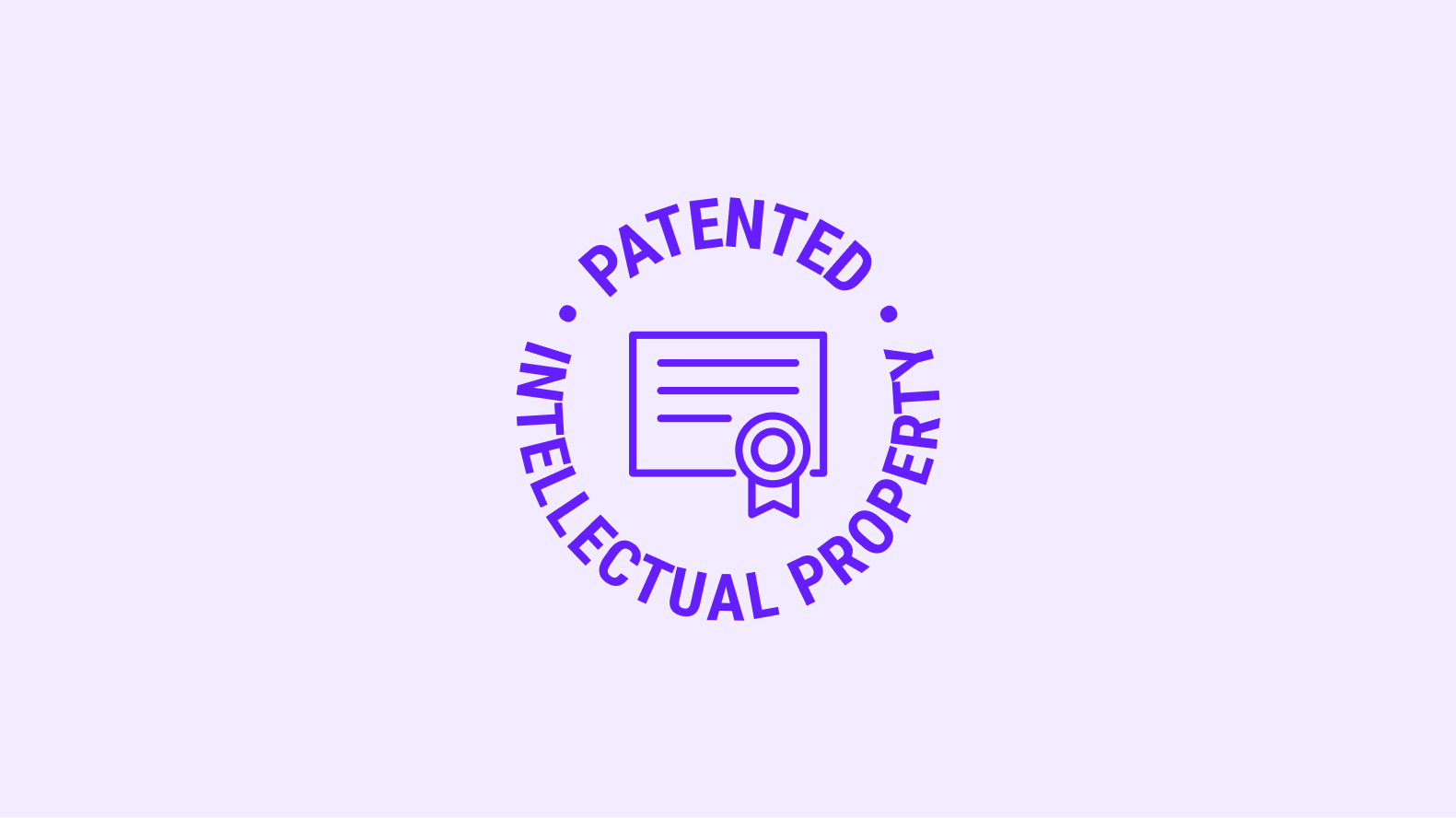

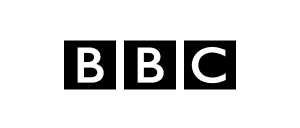
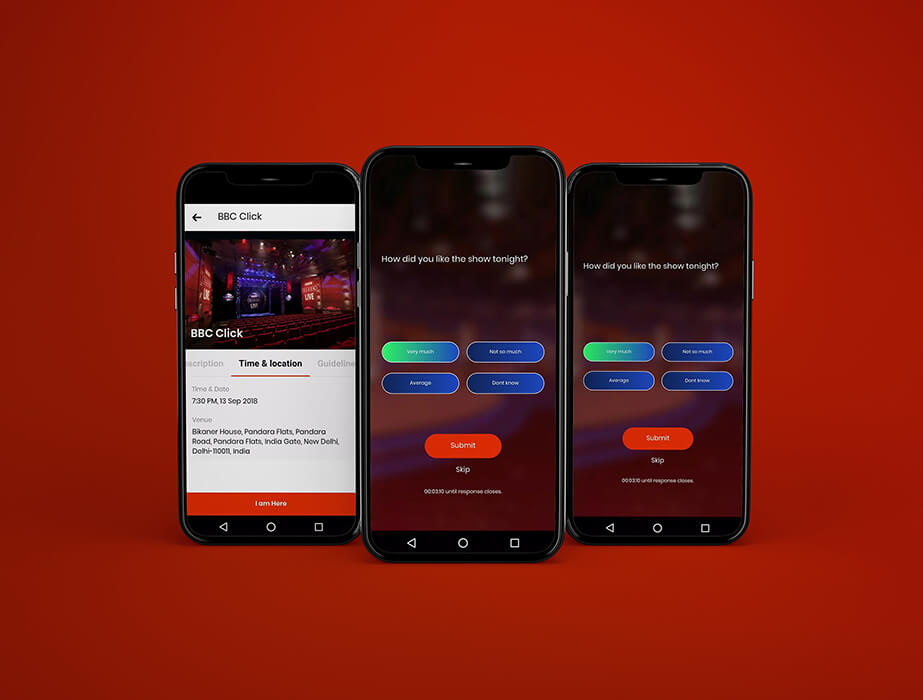

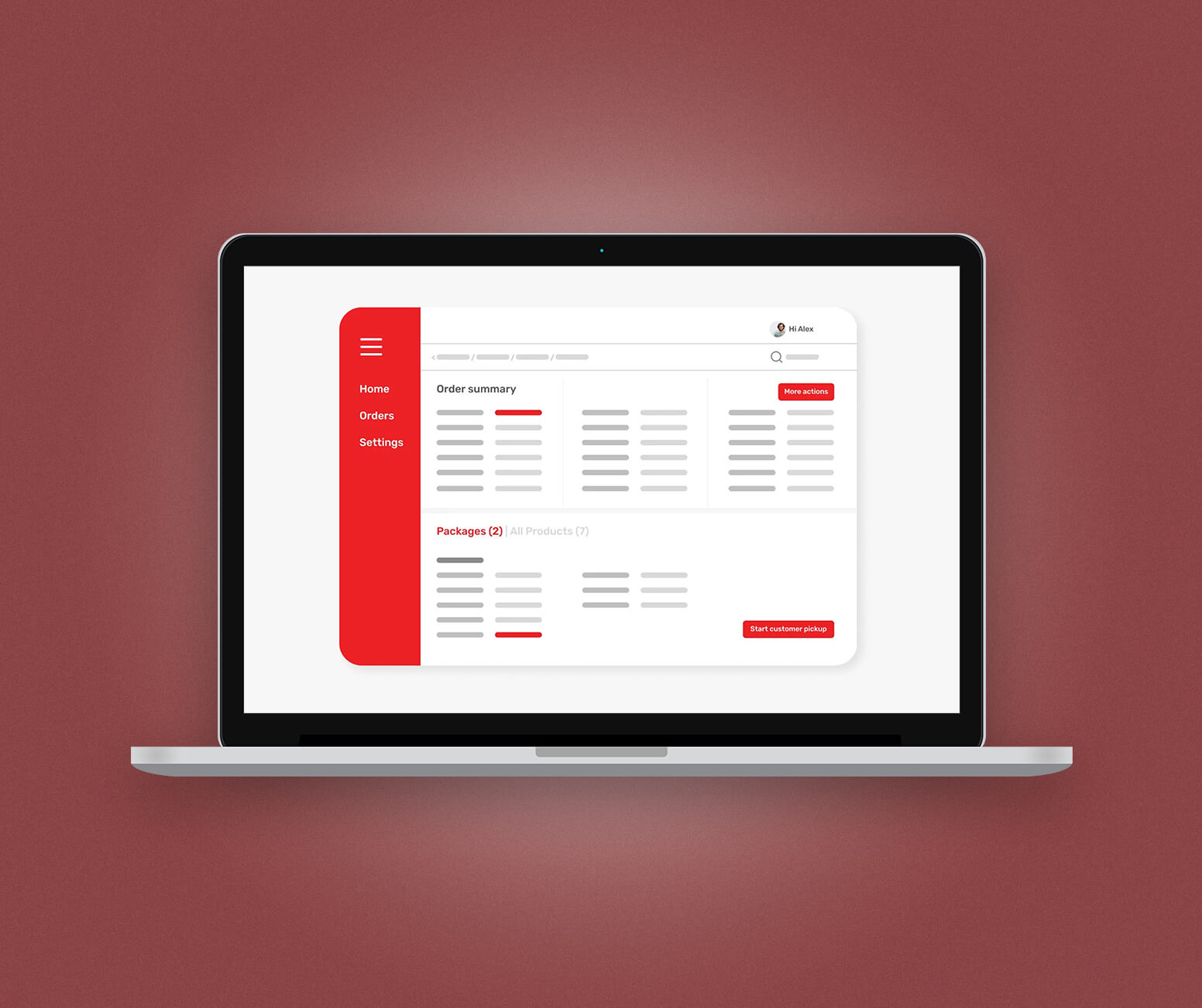

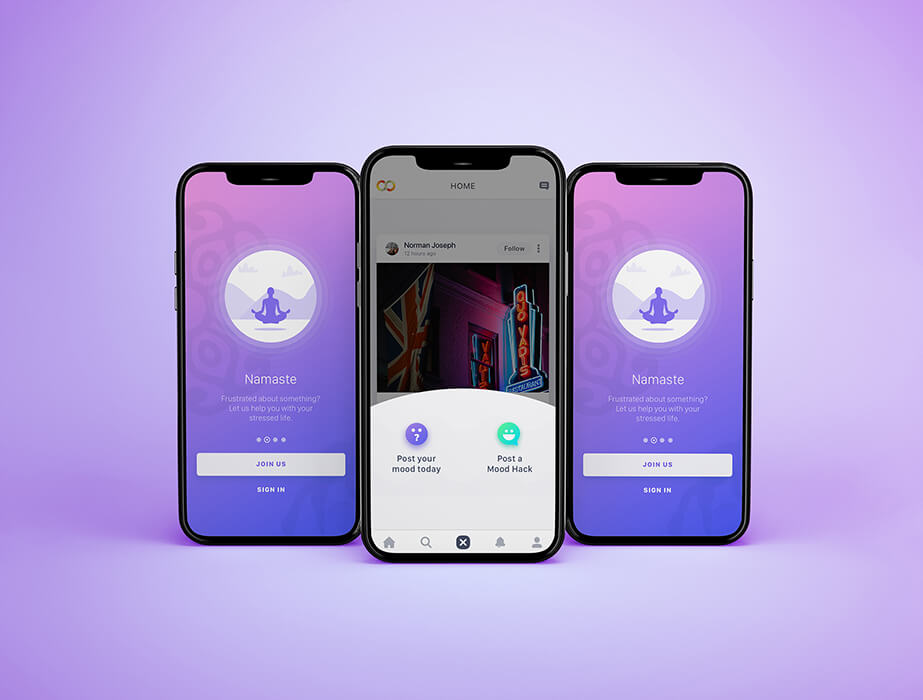

 Facebook
Facebook X
X LinkedIn
LinkedIn YouTube
YouTube Instagram
Instagram RSS
RSS


